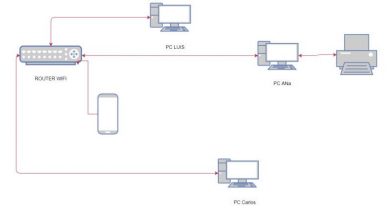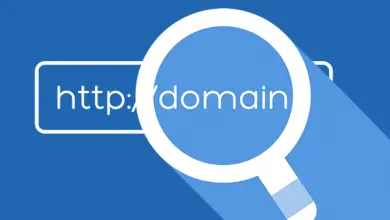Configure parental controls in Chrome, Firefox and Opera
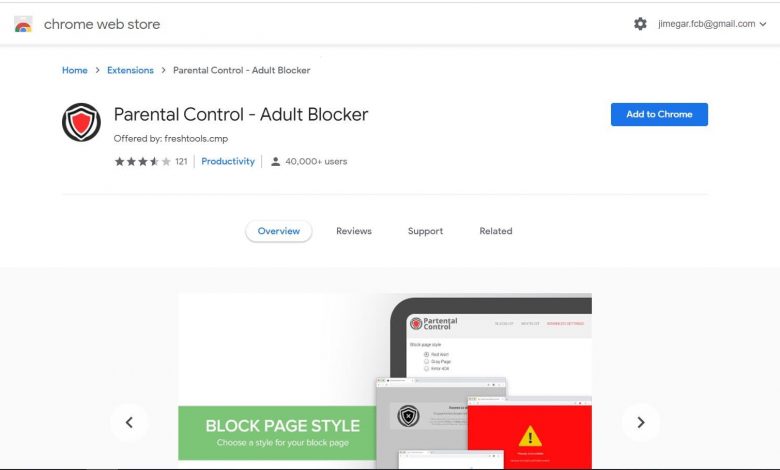
The browser is a fundamental element for the connections in our daily life. We have a wide range of possibilities that allow us to surf the net from any device, be it a mobile phone, a computer, tablets… Modern browsers have different features and accessories that we can use to improve their sound. use and adapt it to what we need. In this article we will explain how to configure parental controls in Chrome, Firefox and Opera.
How to have parental controls in the browser
Google Chrome, Mozilla Firefox and Opera are three of the browsers the most important with the most users today. It also means that we will find many tools available to them. We may use features that help us improve performance, security or privacy.
It is common for a personal computer to be used by the whole family. This means that children will also be able to access the network and all the content on it. How can we control this? There is something called parental controls. This type of service can be integrated into the VPN or configure the DNS in the router or in the operating system so that there is a filter.
However, we can also use parental controls in the browser itself . This way, we won't need to configure anything in the router or use a different DNS. We will just have to configure the browser correctly and add the necessary add-ons for it. So we can have parental controls in Chrome, Firefox and Opera.
Parental controls in Chrome
First of all we will explain to you how to configure parental controls in the Google Chrome browser . It is undoubtedly the most popular today, so it can be useful for many users. We can set it up in a quick and easy way by following the steps we are going to mention.
The store chrome extensions is very comprehensive and we can find a wide variety of add-ons. There we have one called Parental Controls, which is exactly what we're looking for. To do this, to start using it, we need to go to the official page and add the extension to our browser.
The objective is none other than to prevent a minor from entering sites considered to be major. The browser itself would block it. When we add it and the extension is installed, it will ask us for a password. From that moment it will be fully operational.
Keep in mind that this extension will not block searches done on Google, for example, but will block access to the page that appears in the results.
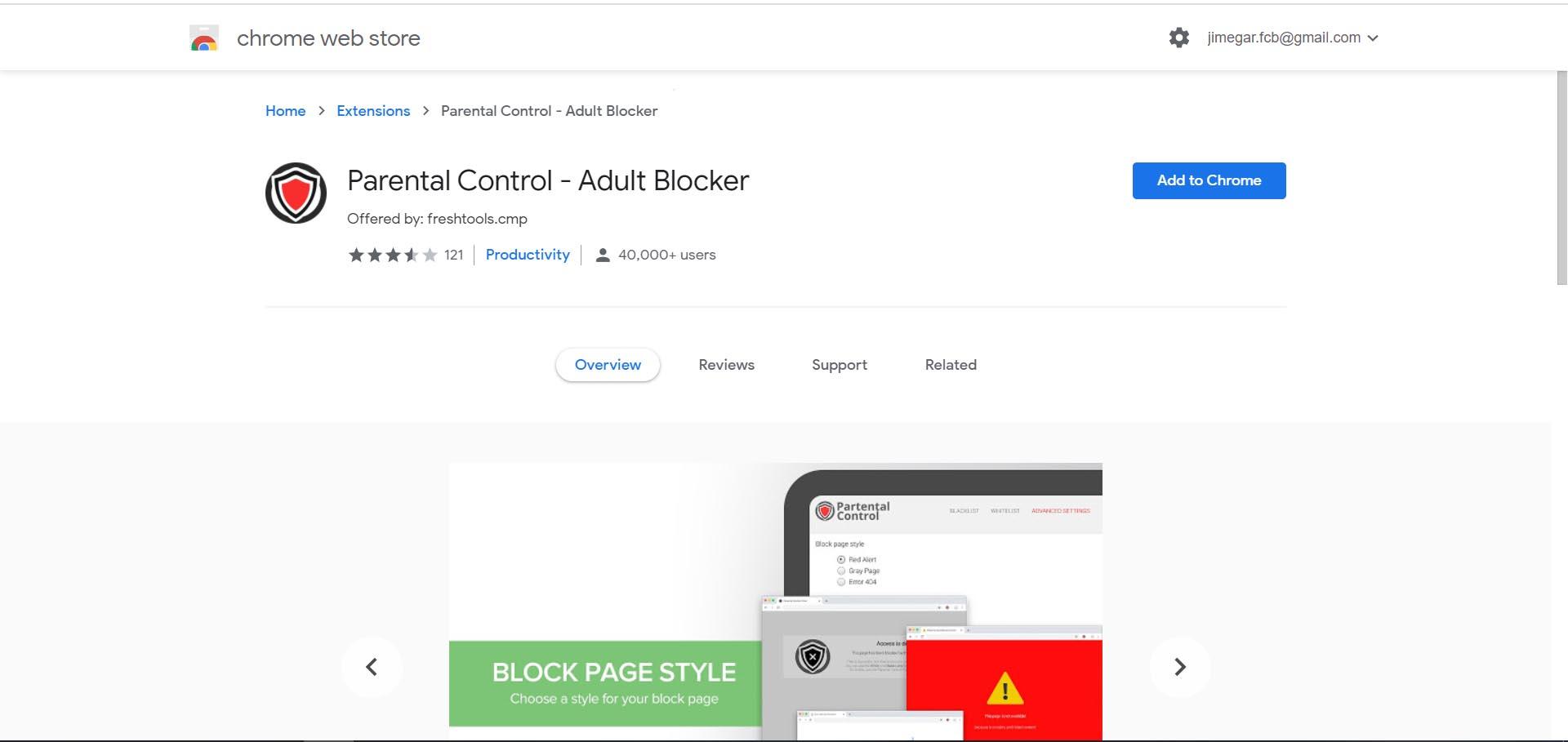
Parental controls for Firefox
Mozilla Firefox is another of the classic browsers which has many functions. In particular, we can find many features related to security and privacy. However, it also doesn't have a built-in parental control feature. We will also need to install an extension. Again, the process is very straightforward.
To install it we need to go to the Firefox extensions store and add the parental control . Once installed in the browser, it will start working automatically.
In this case, as can be seen in the image below, it will block the explicit results of searches performed in Google.

If we go to the extensions section, which we can enter using the key combination Ctrl + Shift + A, we can enter the extension options. There we can add domains to a whitelist or blacklist as we wish.
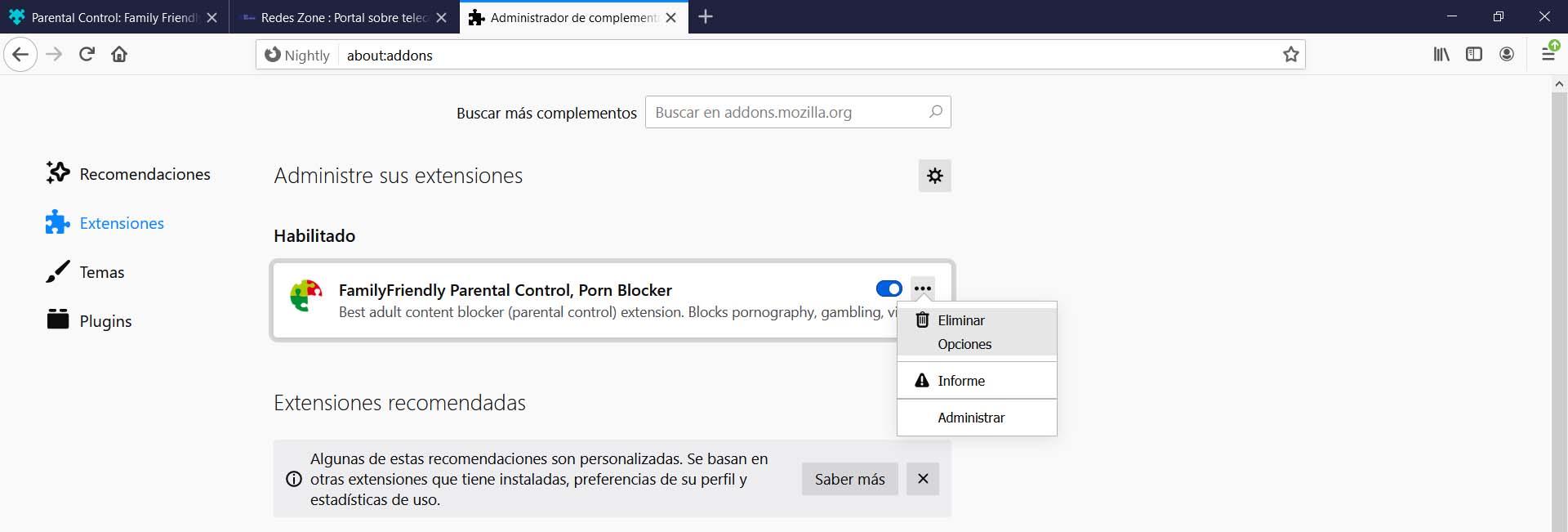
Parental controls in Opera
The third browser where you can add parental controls is Opera . We can also say that it is another of the most used and therefore has tools of this type available to users.
We have to go to the Opera App Store and add Adult Blocker . Once installed, its operation is the same as the previous case: it will block explicit results when searching in Google. We can also add domains to a black or white list, if we wish.
In short, by following these steps we can set up parental controls in the major browsers that we can use today. As we can see, these are extensions which are not built into the browser itself but which we can add quickly and easily by following these steps which we have explained.
Tips for using the browser safely
We talked about how to configure parental controls in major browsers. This is something that can be interesting, but keep in mind that it will not improve security. For this reason, we want to make a simple compilation of a few questions to consider in order to reduce the risk of experiencing attacks on the network.
Have safety programs
Something basic is to have security tools . There are many programs that we can use, such as antivirus, firewall and others. They can help us prevent intruders from entering, reduce the risk of malware and therefore improve safety while browsing. We need to apply it regardless of what kind of operating system or device we are using.
Have the browser and system updated
Of course, we must also maintain the up-to-date equipment . Sometimes vulnerabilities emerge which can be exploited by hackers to carry out their attacks. We must correct these failures at all times with the available updates and patches. We should not at any time use an outdated browser, as this could facilitate the entry of intruders and cause problems in our daily life.
Watch out for extensions
The extensions for the browser are very interesting. We have a wide range of possibilities. However, we have to keep in mind that they can also be a problem for our security. Sometimes browser plug-ins are the gateway to attacks. It is necessary to be careful with which one installs and especially to observe the possible changes which appear. Only in this way will we maintain active security and minimize the risk of attacks.
These are, in short, some tips for maintaining security in the browser. The goal is to avoid cyber attacks while browsing and always protect privacy.


